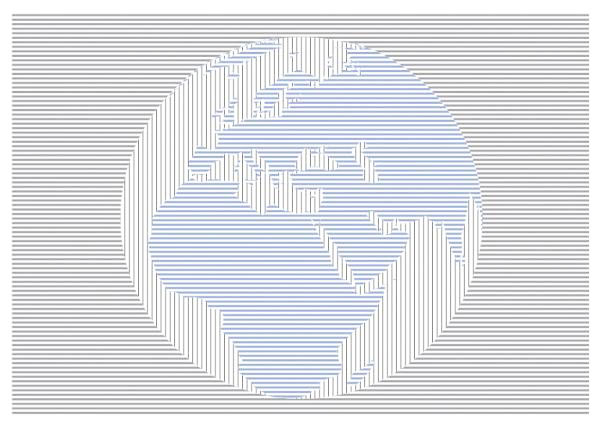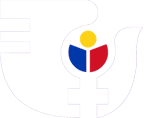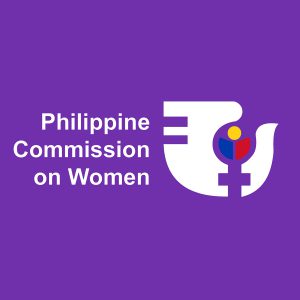Philippines is still Asia’s top performer in closing gender gap

The Philippines maintains its position as the Asia’s best performing country in closing gender disparity, according to the Global Gender Gap 2014 report of the World Economic Forum (WEF).
Although short with just 0.02 points from last year’s standing, the country garnered 0.781 points, making us yet again the only country in Asia and the Pacific that has fully closed the gender gap in both education and health.
According to the report, the Philippines “scores a higher ratio in the wage equality survey, improves its estimated earned income and has a larger representation of female professional and technical workers.”
Said report also furthers that the Philippines ”is the second best country (just after Norway) on the ability of women to rise to positions of enterprise, leadership, indicator, and the country with the highest percentage of firms with female participation in the ownership.”
Though the country leads the race in Asia and the Pacific, its standing slightly fell from the last year’s 5th place among 136 countries to now 9th place out of 142 countries. The entry of Rwanda in 7th place and the significant improvement of Nicaragua and Belgium edged out the Philippines from the top 5.
The shortfall of this year’s standing may be attributed to a high gap in Labor Force Participation Rate (102nd place); and in the Political Empowerment subindex where the Philippines also dropped to 17th place from 10th in 2013. This is due to lower number of Women in Parliament (41st place) and Women in Ministerial Positions (72nd place) compared to other countries.
Moreover, results showed that Iceland and Finland retained their positions as the first and second spot respectively. The remaining top countries are as follows: Norway (3rd), Sweden (4th), Denmark (5th), Nicaragua (6th), Rwanda (7th), Ireland (8th), Philippines (9th) and Belgium (10th).
The Global Gender Gap Report’s Index assesses countries on how well they divide resources and opportunities amongst male and female populations, regardless of the overall levels of these resources. The report measures the size of the gender inequality gap in four areas, namely: Economic Participation and Opportunity, Educational Attainment, Political Empowerment, and Health and Survival.
Still a welcome development
Amid the slight decrease in ranks, the Philippine Commission on Women (PCW) the lead agency that makes government work for the promotion of women’s empowerment, women’s human rights and gender equality, is still jubilant in welcoming this development
The Commission believes that coalesced efforts of government, non-government organizations, civil society organizations, and the academe have been putting the Philippines in the Top 10 since 2006.
Thus, this achievement pushes us to further reiterate our call to herald a much- needed effort to continuously bridge gender disparities and shortfalls especially in areas with low development levels. There must be no room for complacency until we fully address development in areas with high poverty magnitude, high poverty incidence, and that are hazard-prone and disaster affected. These are where vulnerabilities are highest for women and men, boys and girls.
There’s a lot of work to be done particularly in fulfillment of women’s participation and of representation in all spheres of society as stated in the Magna Carta of Women (MCW). We enjoin all duty-bearers to become more proactive and gender-responsive in implementing the law.
The PCW will perform its mandate steadfastly until we enforce the policies and mechanisms to promote equal opportunities for all women and men.

